How to Market Differently (and Effectively) to Each Generation
Published on January 26, 2017/Last edited on January 26, 2017/6 min read
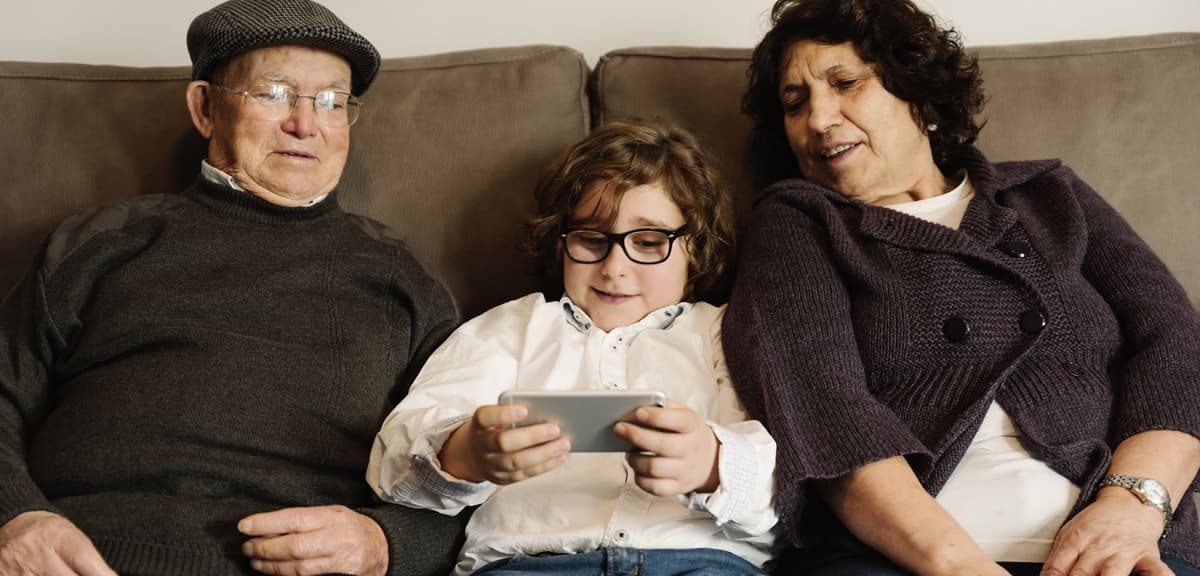

Team Braze
You wouldn’t send a push notification advertising a sale on cognac to an 11-year-old or an email to Australian customers wishing them a happy Arbor Day. Why? Because customer messages need to match the audience receiving them to be effective. (Also, selling alcohol to minors is illegal.) There are a lot of factors to keep in mind when customizing your outreach to better speak to your customers—including their location, language, in-app behavior, and more—but there’s one that marketers would be wise to pay more attention to: namely, each customer’s generation.
Why generational marketing matters
When your mom is looking to get a new blender, how does she decide which one? The answer could depend on her age, where she’s from, what kind of work she does or did do, and a hundred other factors, such as her general comfort with technology.
Now, put your marketing hat back on. Given what you know about all of her various considerations before she might buy a blender, how would you market that blender to her? How might you market it to her, as compared to how you might market it to, say, a sibling or colleague or teacher or uncle? How about to your niece, or your own kid?
The values and preferences of each generation are different, and those differences matter. Some are subtle, some blatant, and—depending on which generation you belong to—you may need to make some significant adjustments to your thinking, and to your marketing. And brands that are as thoughtful about marketing to different generations as they are about marketing to people in different countries are going to have an easier time speaking to their customers as individuals and providing the kinds of relevant, valuable experiences that support strong, sustainable customer/brand relationships.
Which generations are we talking about?
While there are a number of generations out there, we’re going to focus on the three largest ones—the Baby Boomers, Generation X, and Millennials. All generations are made up of individuals, so generalizing about the interests and mindsets of a particular generation is never going to capture every member’s true nature. That being said, it’s useful for marketers to think about the world that each generation was born into and how that affects the way they perceive the outreach you send.
Baby Boomers (mid-1940s to early/mid-1950s)Members of this generation are the children of the World War II generation, and came of age during the civil rights movement and sexual revolution. They built up rock and roll as a major musical genre, value the idea of self-realization, and tend to be open to traditional advertising.
Generation X (early/mid-1960s to late 1970s/early 80s)Members of this generation started life without computers, cell phones, and the internet, and witnessed their introduction into the zeitgeist. Gen Xers tend to be individualists and risk-takers, and they’re sometimes characterized as cynical. Gen Xers are concerned about not having enough to retire comfortably, and don’t trust systems like Social Security to be there when they need them.
Millennials (early 1980s to mid 1990s)This generation grew up using technology every day, tend to value time as a commodity, experience brands not just through shopping but also through social media, and are skeptical of traditional advertising (but are still steadfast consumers). While Gen Xers are often individualists, millennials are likely to think more in terms of community and collective action. They’re also often characterized as optimists and contrasted to to Gen X’s perceived cynicism.
What generational marketing can look like on mobile
Understanding generational differences is one thing—but using that understanding to customize messaging campaigns based on each recipient’s’ generation is quite another.
Below, we’ll spell out some of the clearest distinctions between the generations, and highlight examples of the sorts subtle changes in language, tone, and calls to action that may help your message resonate best with each.
1. Ride-sharing apps
Boomer message
Focus on the practical. Boomers value things like saving money and time.
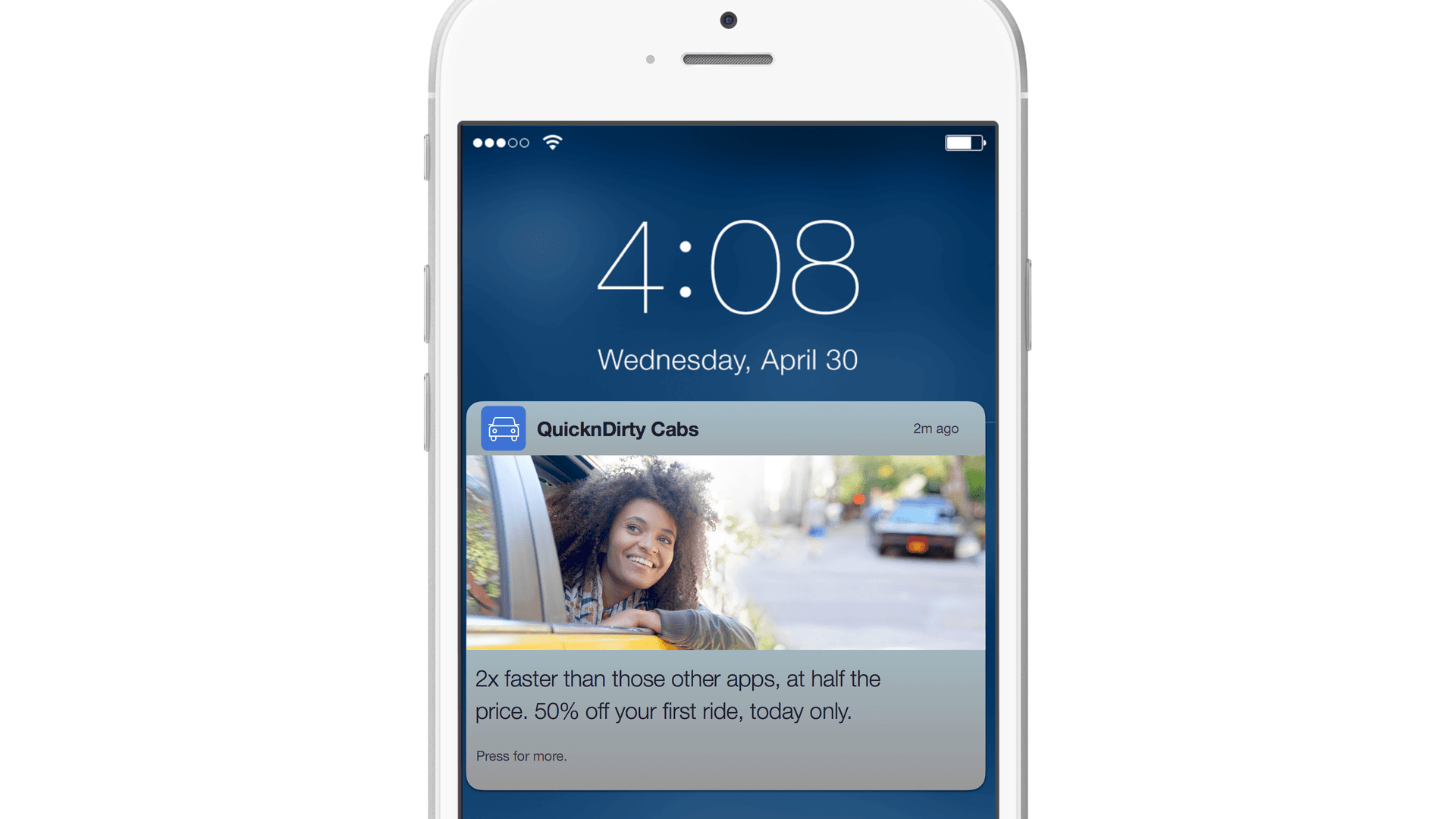
Gen X message
Be pragmatic to get around the cynicism of yet another new thing. In this case, the faster/cheaper message can be re-used. Also, appeal to the risk-taker.
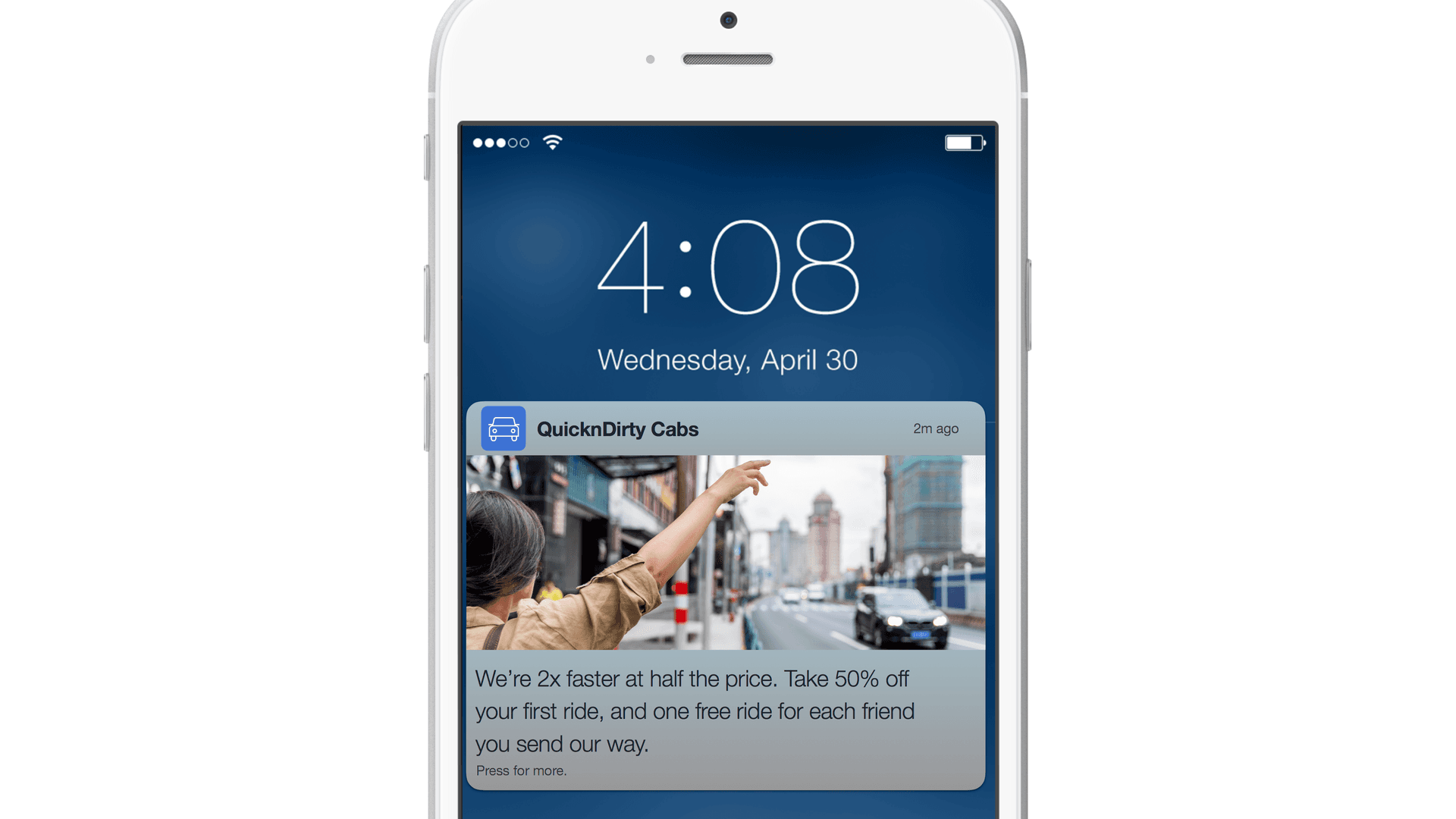
Millennial message
Consider something value-based around being present in the moment, even when you’re on the move.
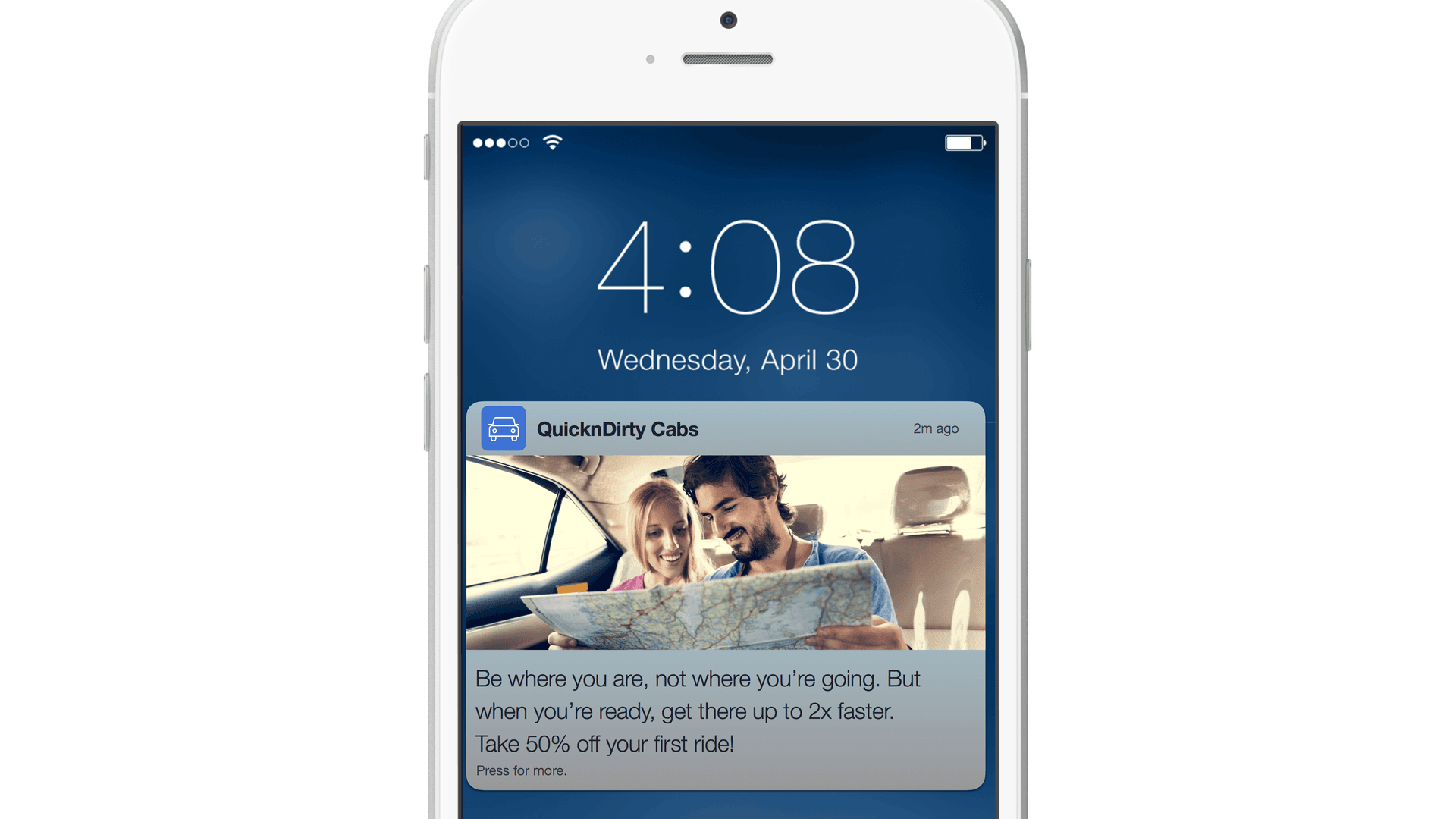
2. Retail & eCommerce apps
Boomer message
Don’t be afraid to get sexy. A younger marketer might be tempted to treat a boomer like an “old person”. But remember, it’s thanks to their efforts during the sexual revolution that the subsequent generations get to enjoy sexual and reproductive freedom. Sex sells, and it can continue to sell to the older set if we can get over our squeamishness around it. If you have a well-crafted and alluring marketing message geared toward a younger generation, target it to a segment of boomers and see how things go. You might even consider using mature models in your images.
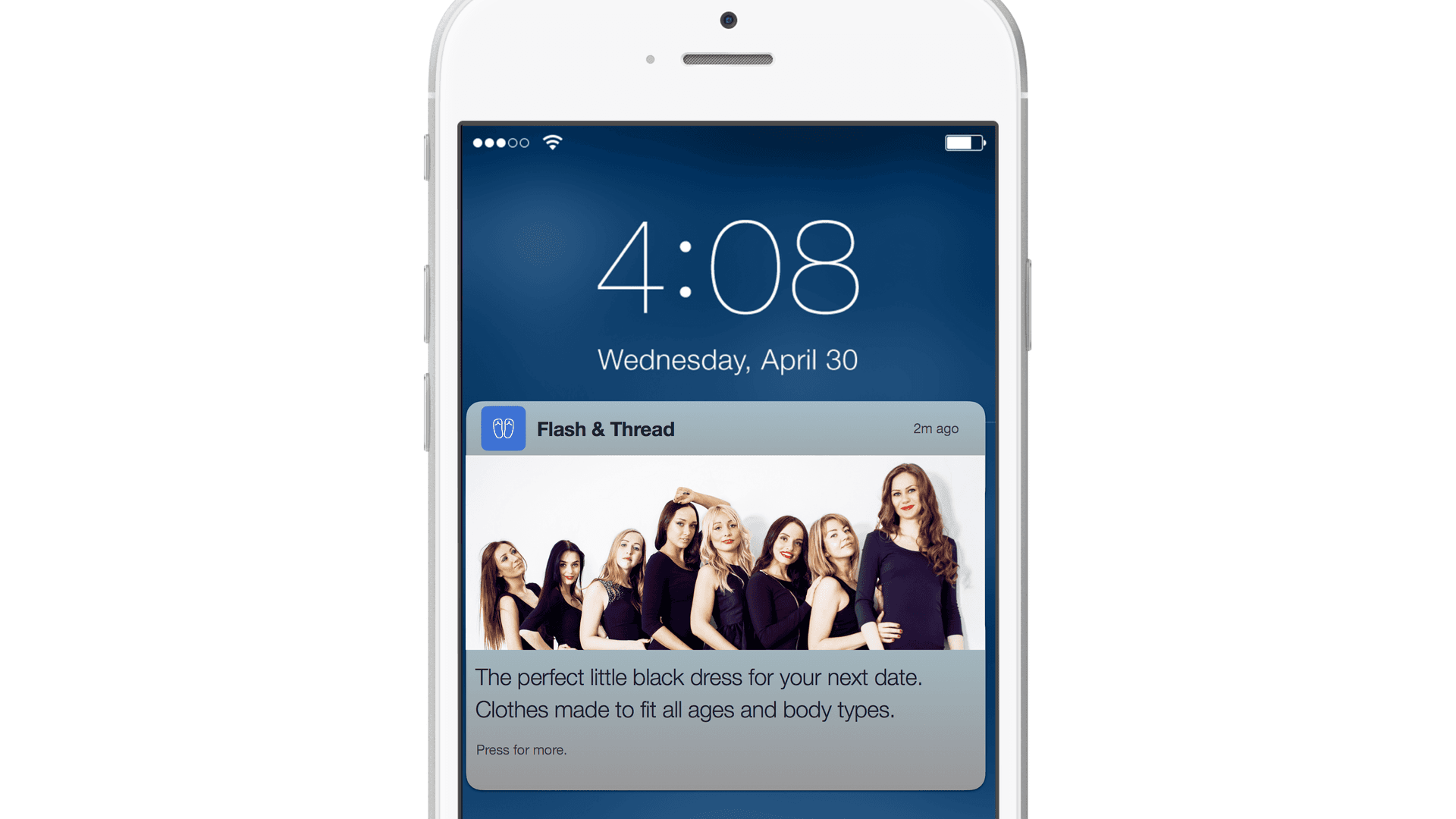
Gen X message
Their cynicism predisposes them to stick to brands they already like. Research shows that Gen X has a high level of brand loyalty. Consider hooking this middle generation with a loyalty program.
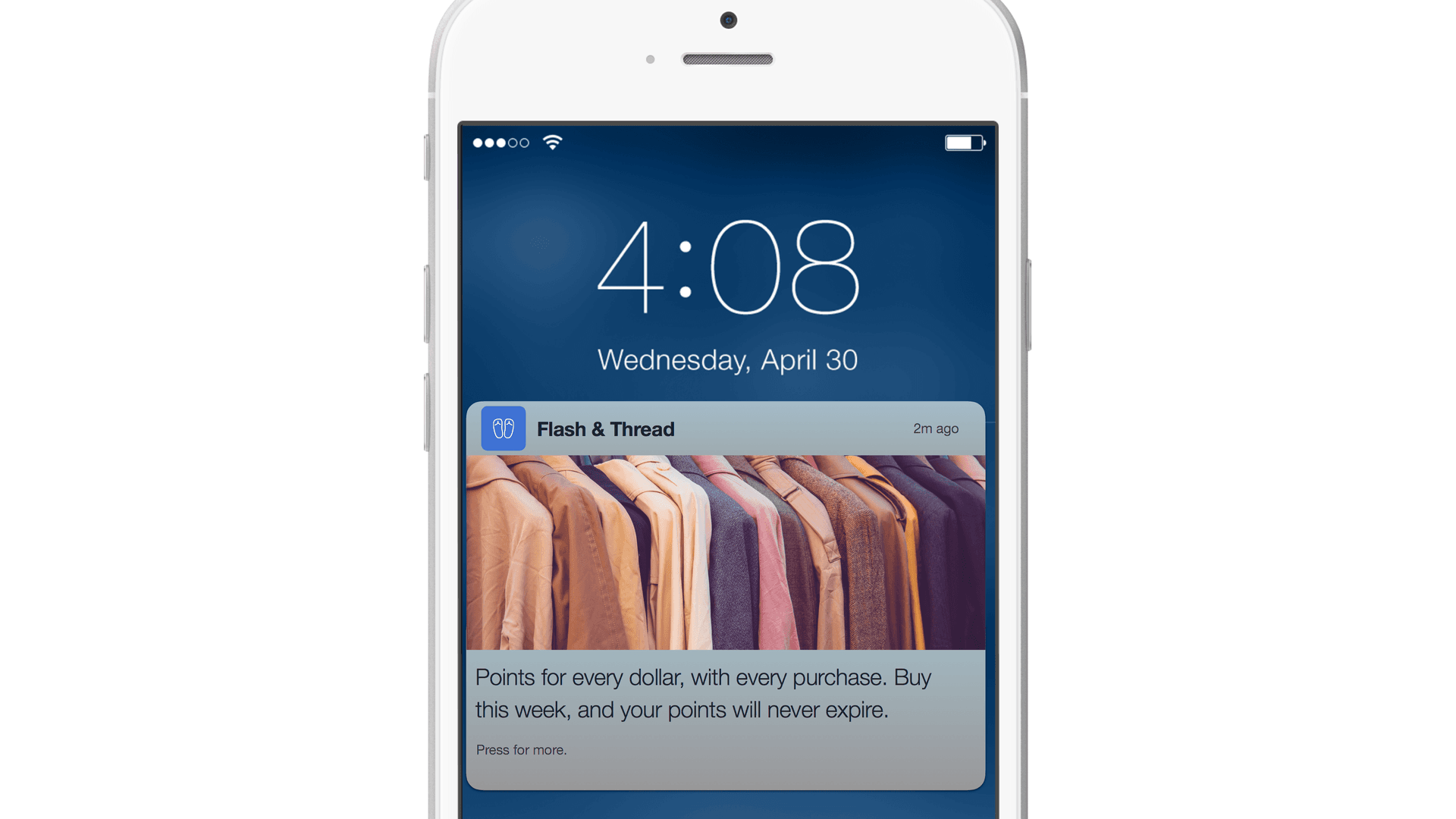
Millennial message
Because millennials tend to favor collaboration and working in groups, it might make sense to devise marketing strategies that encourage group-think or group-participation.
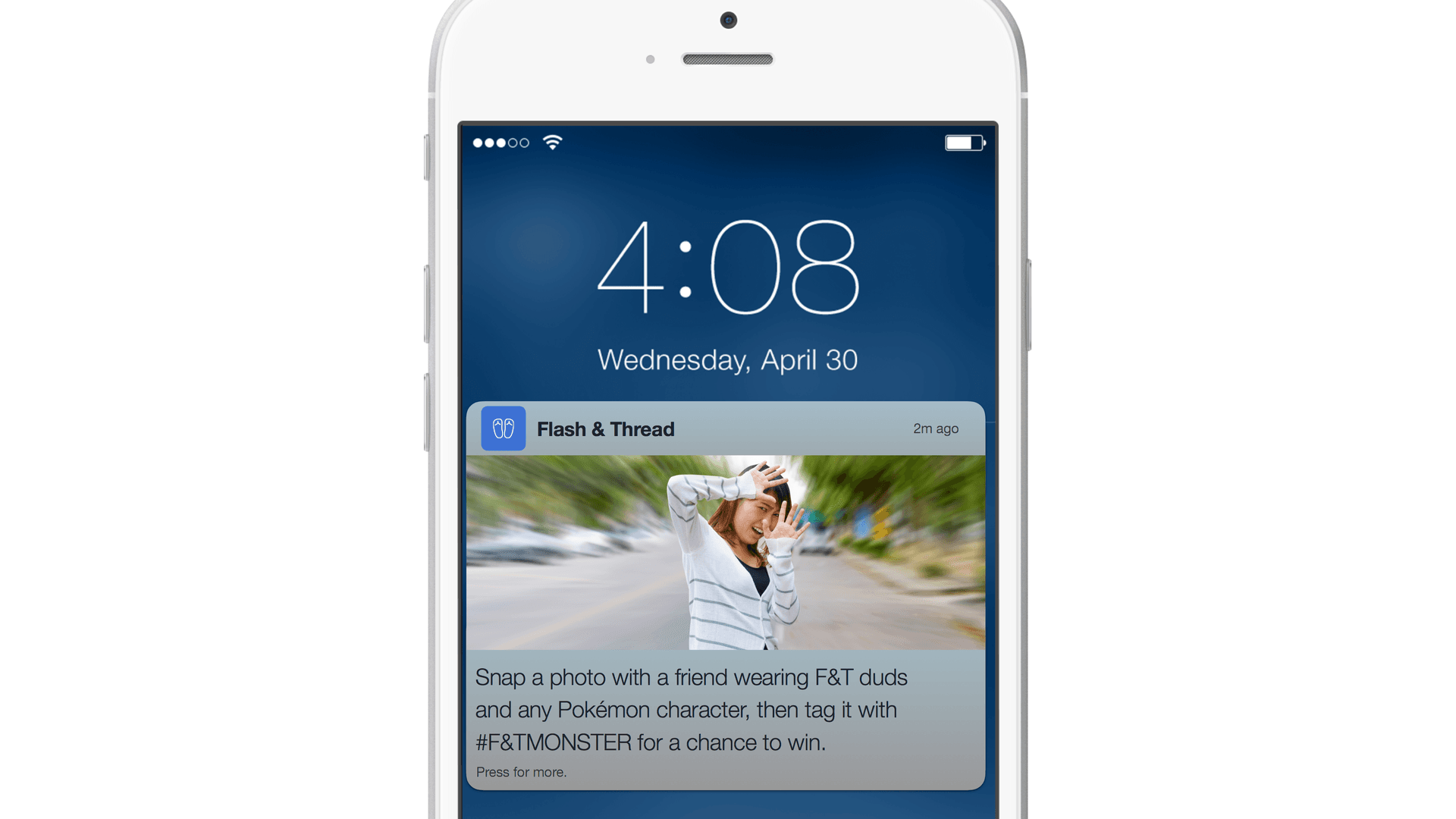
3. Gift-giving app
Boomer message
If your product is cool, be cool when you’re talking about it, even when you’re talking to mom-aged people. Boomers aren’t grannies in rockers. They are the rockers. Appeal to that side of them. They don’t want to be reminded of their waxing age. Meet them where they’re at.
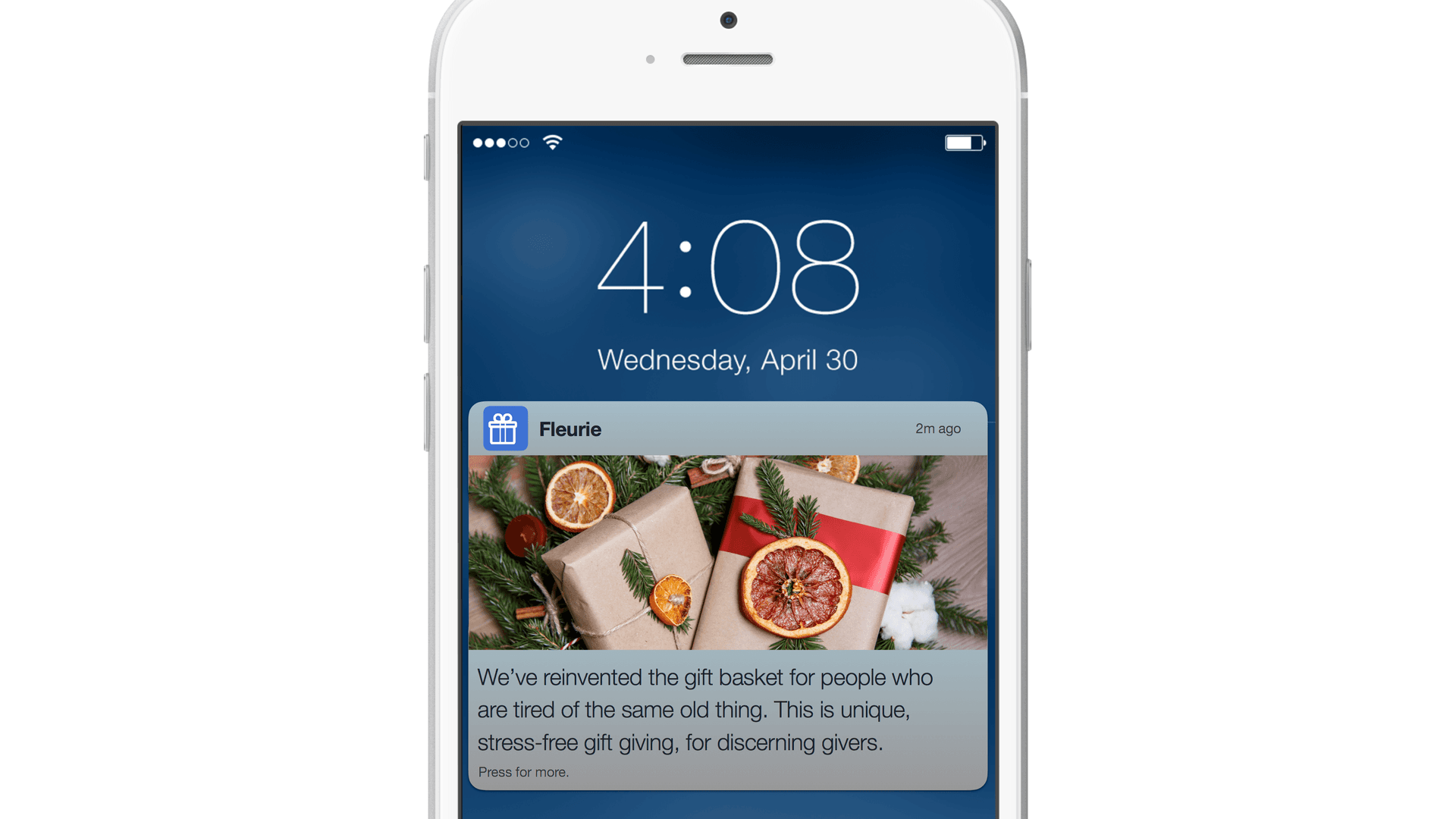
Gen X message
Appeal to their desire to save, and to avoid risk.
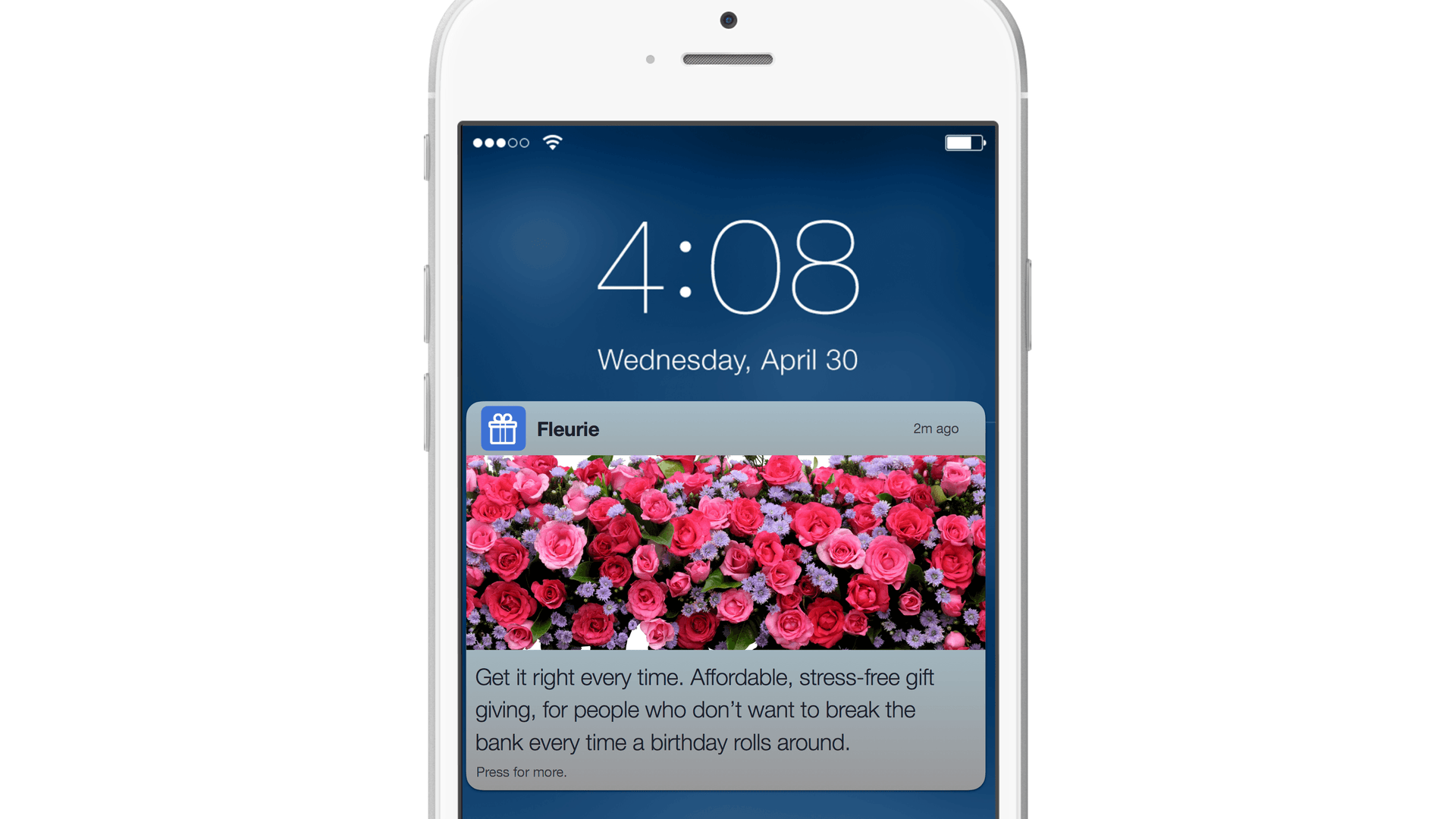
Millennial message
Millennials like experiences, so creating a story around your product or service that amplifies its experiential qualities might appeal to this generation.
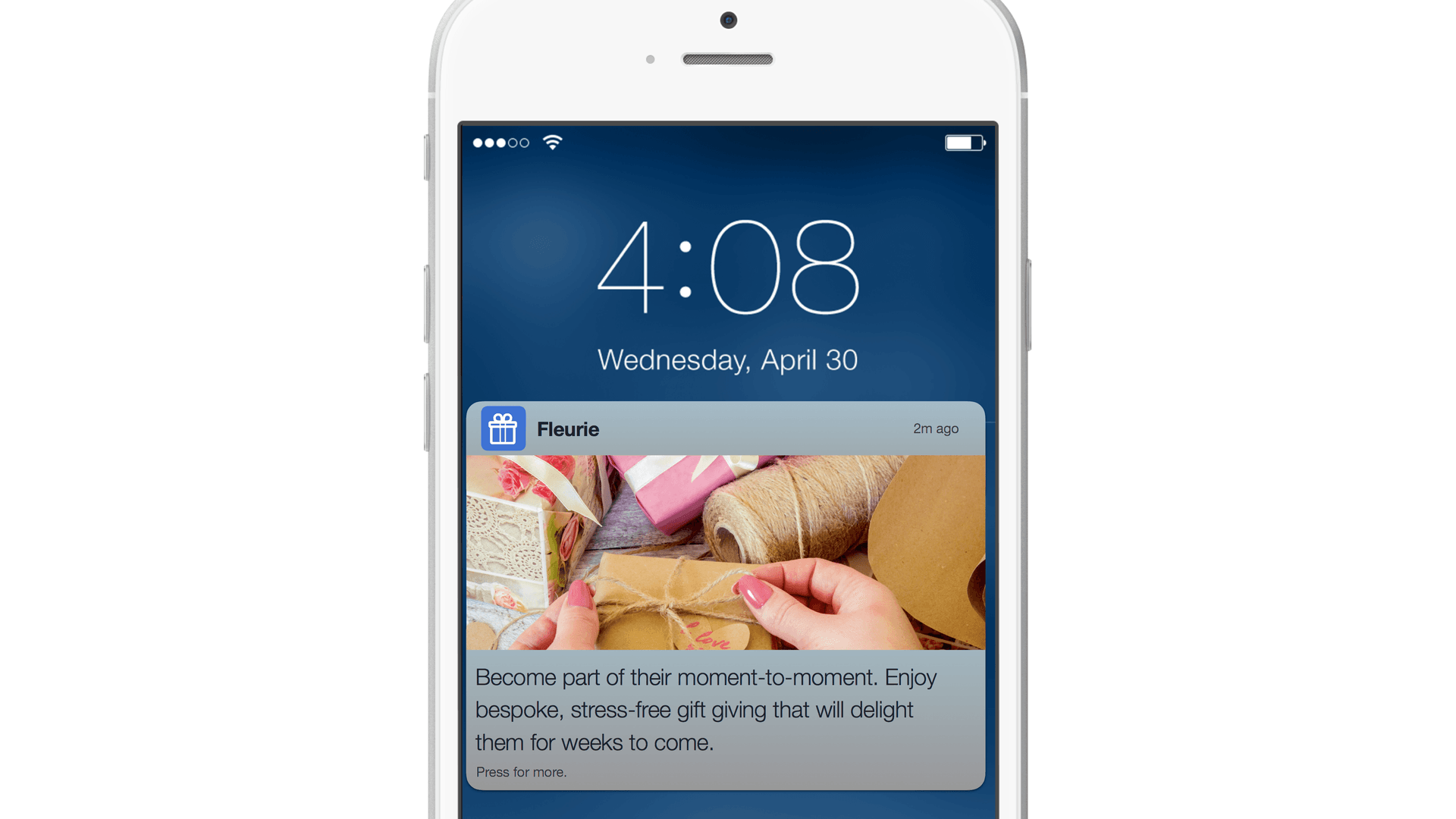
Final thoughts
If your marketing has been falling flat with certain demographics, consider unflattening your messages! Tailor your schtick for each generation. It’s easy for marketers to fall into the habit of marketing almost exclusively to millennials. They are, after all, the ones most comfortable with technology, and the ones most likely to interact with your brand via social media outside of their specific shopping experience. But let’s not forget: boomers are the ones with money, and GenXers are important customers for nearly every brand. So round out your marketing, and see how it might affect your bottom line.
Looking for practical tips on how to better target and customize your outreach? Check out our guides to message personalization and audience segmentation.
Be Absolutely Engaging.™
Sign up for regular updates from Braze.
Related Content
View the Blog
The new inbox reality: How iOS changes are reshaping email marketing

Aparna Prasad

Experience optimization: Turning data insights into better journeys

Team Braze

December 2025 Bonfire Marketer of the Month: Jagex’s Emma Oliver
